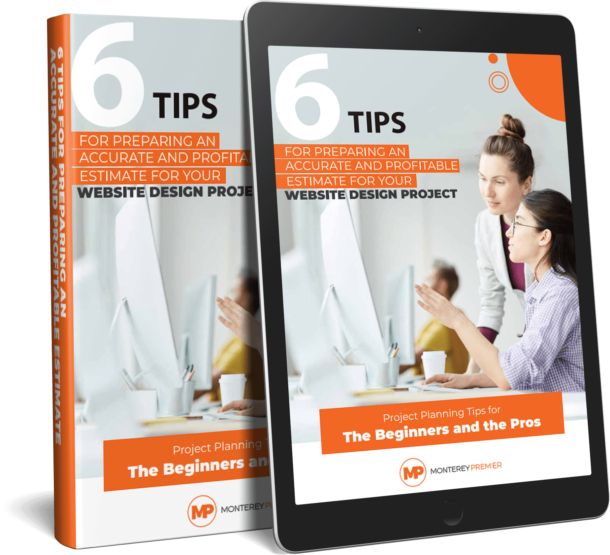In times passed, mass media or “push” marketing worked well.
Meaning, product discovery was primarily through TV commercials or print ads. However, consumer preference has changed drastically during the past decade alone.
These days, people read product reviews first before buying. Some also prefer DIY guides. As a brand, you should provide the information consumers need.
Knowing this, you will need a inbound marketing strategy. To help kick-start your campaign, we have outlined six steps in creating a strong inbound marketing strategy.
1. Set SMART Goals
When creating an inbound marketing strategy, one of the first things you should do is set SMART goals. SMART stands for:
Specific
Measurable
Attainable
Relevant
Time-specific
Saying that your goal is to “increase your website traffic” is okay, but it is not SMART. Instead, here’s what your inbound marketing goal should look like:
“Increase my organic website traffic from 5,000 to 10,000 per month by end of 2021.”
Here’s a breakdown of why such a goal is SMART:
Specific: Increase my organic website traffic.
Measurable: From 5,000 to 10,000 per month.
Attainable: All you need is to double your efforts or expand your promotional channels.
Relevant: Acquiring more organic traffic means you can attract more people to your website.
Time-specific: You only have until the end of the year to attain your goals.
SMART inbound marketing goals help you determine whether our action plans can help you achieve what we want for our business.
Lastly, your goals can help you determine what key performance indicators you should measure and how.
2. Create Buyer Persona
Buyer personas represent your target audience or customers and help you differentiate your online brand from the rest of the competition.
For instance, if you are a yoga instructor and have a website, chances are you may not be the only yoga instructor in the city. However, studios who talk about yoga for men may be few and far between.
That said, your buyer persona is male. You can give him a name and an identity that coincides with your target demographic.
Another thing you should keep in mind when creating a buyer persona is psychographics. Why would a 30-year-old male from Manhattan want to read your blog or attend your class?
3. Outline Your Marketing Triggers
After identifying your target audience and what makes them tick, the next step is defining their micro-moments. These are intent-driven or “I want to” moments that compel a person to make a decision.For instance, why a person would want to practice yoga.
As a brand, you must be present during these moments. Being present can be achieved through your free yoga for beginner tutorial videos or an online booking system.
That said, you should identify what these micro-moments are. Doing so can help you determine what marketing channels you can leverage and what content you should produce.
4. Create a List of Keywords
After identifying your target audience’s micro-moments, the next step is to research keywords.
Keywords are the search queries that your target audience is likely to use to fulfill their micro-moments. Using our previous example of owning a yoga studio, your keywords could be “yoga for males” or “yoga classes near me.”
From there, you can use these keywords in building content that caters to your target audience’s needs.
5. Align Your Content
Now that you can have your content, it is time to align it with the buyer’s journey (the process that your target audience goes through when interacting with your business).
According to Hubspot, the buyer’s journey is comprised of three stages:
- Awareness: The audience realizes that he has a problem.
- Consideration: The audience defines his problem and looks for a solution.
- Decision: The audience picks a solution.
That said, you should create content that fits every stage of the buyer’s journey. Here are some examples:
- Awareness: A blog about “100 Signs You Need Yoga in Life.”
- Consideration: A video series of “Yoga for Beginners.”
- Decision: A landing page where people can book a yoga class.
6. Set Up a Lead Generation Process
There is more to inbound marketing than attracting the right audience. You should also nurture your audience so you can coax them to do business with you.
This is where lead generation comes in.
Lead generation can be as simple as encouraging your blog readers to subscribe to your email newsletter. From there, you can send them relevant updates that can help you cultivate meaningful relationships.
Another is to automate your sales. You can use a CRM tool to cater to people who booked a trial class in your yoga studio. When done right, you can use your CRM tool to encourage your trial students to book a regular session.
Regardless of the tactic you use, what’s important is that your inbound marketing strategy helps you achieve your SMART goals.
Conclusion
Developing a strong inbound marketing strategy can be challenging because it is time-consuming and requires commitment.
It also requires a wide array of skills. Hence, you should build a reliable inbound marketing team. This is in addition to the step-by-step guide written above.
When done right, a strong inbound marketing strategy will deliver results that dramatically change your business for the better.



